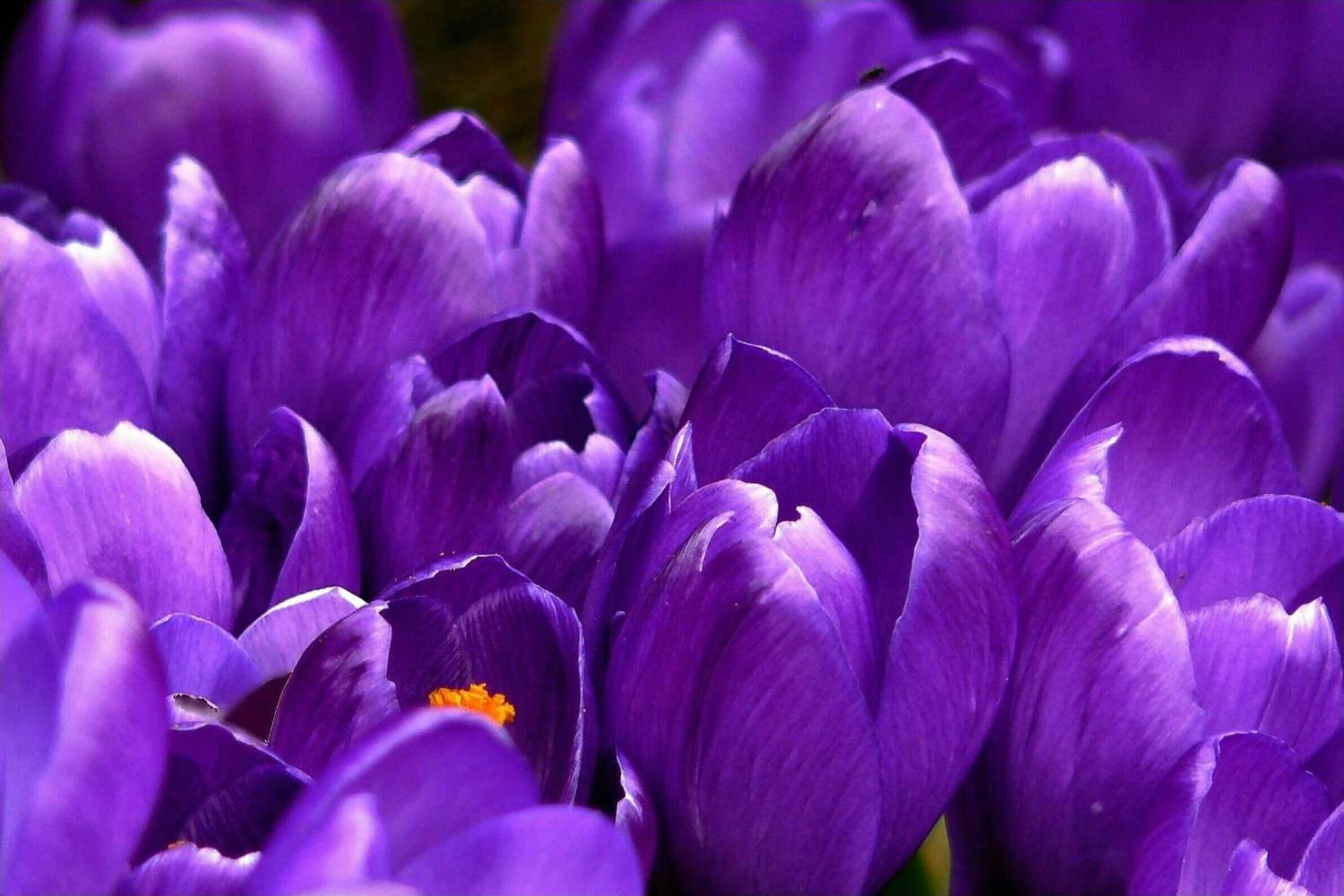The color purple does not exist in light, but is a trick of our brain that "invents" a new visual perception as a mental process

@Pixabay/Pexels
Have you ever thought about how that deep purple you see in cabbages, eggplants, or breathtaking sunsets might not actually exist in the light spectrum? Not in the traditional sense, at least. Purple is a fascinating illusion your brain creates every time it sees something that “looks” purple.
To understand this, we need to talk about light. What we see is just a small fraction of the electromagnetic spectrum—called the visible spectrum. This ranges from about 350 to 700 nanometers and includes all the colors of the rainbow: red, orange, yellow, green, blue, indigo, and violet. Each color corresponds to a different wavelength: red has the longest wavelength, while violet has the shortest.
Our eyes perceive color thanks to three types of cone cells—light-sensitive cells located in the retina. These cones are sensitive to long (red), medium (green), and short (blue) wavelengths. When light hits these cones in different combinations, our brain interprets those signals as specific colors.
Our brain bends the spectrum into a circle
Here’s the mystery: there’s no single wavelength in the visible light spectrum that corresponds to purple. Purple appears only when our eyes receive signals from both the red and blue cones—but not the green one.
That combo doesn’t naturally exist in a straight-line spectrum of light, because red and blue sit at opposite ends. So how do we see it?
To solve this, our brain performs a clever trick: it “bends” the spectrum into a circle, joining the red and blue ends together and inventing a new visual experience to fill the gap. That experience is what we call purple—a non-spectral color. It doesn’t exist in the physical reality of light but only as a mental construct.
Perception, not physics
So, purple is a perfect example of how human perception is a brain-made construct. Colors aren’t objective properties of objects; they’re subjective interpretations based on how our mind processes visual signals. Purple isn’t just beautiful—it’s proof that the brain is wildly creative.
Source: ScienceNewsExplores
